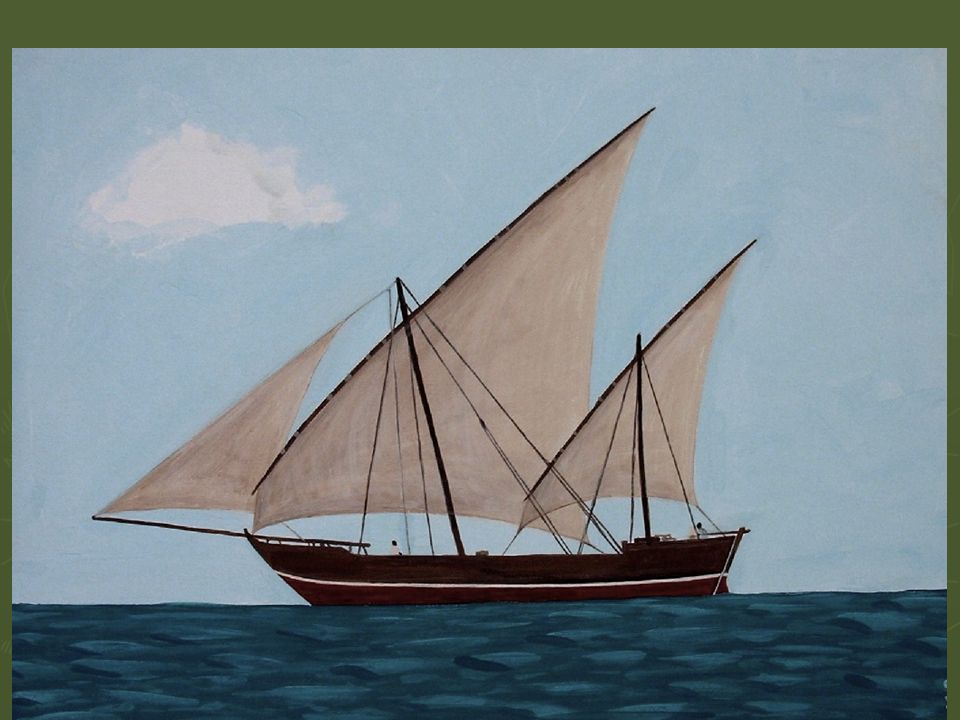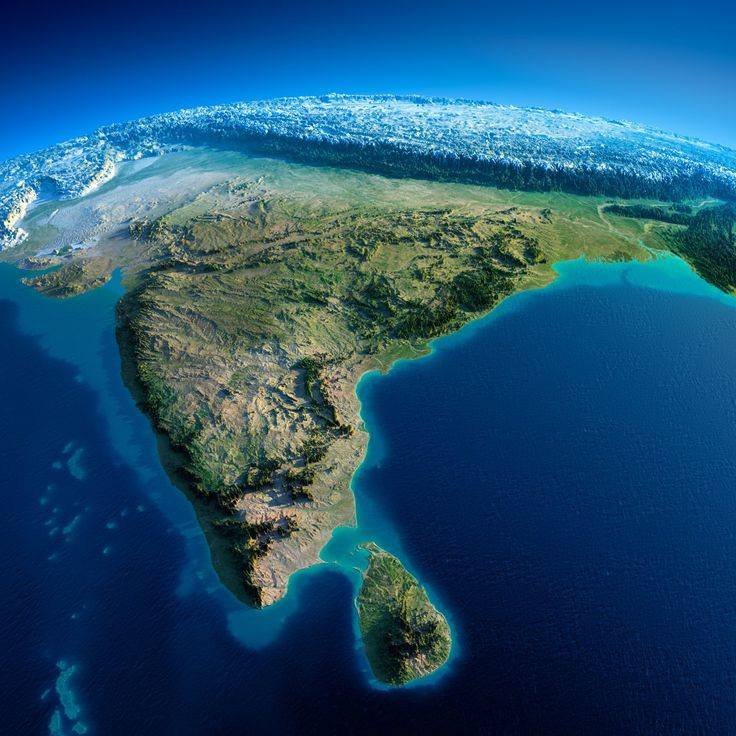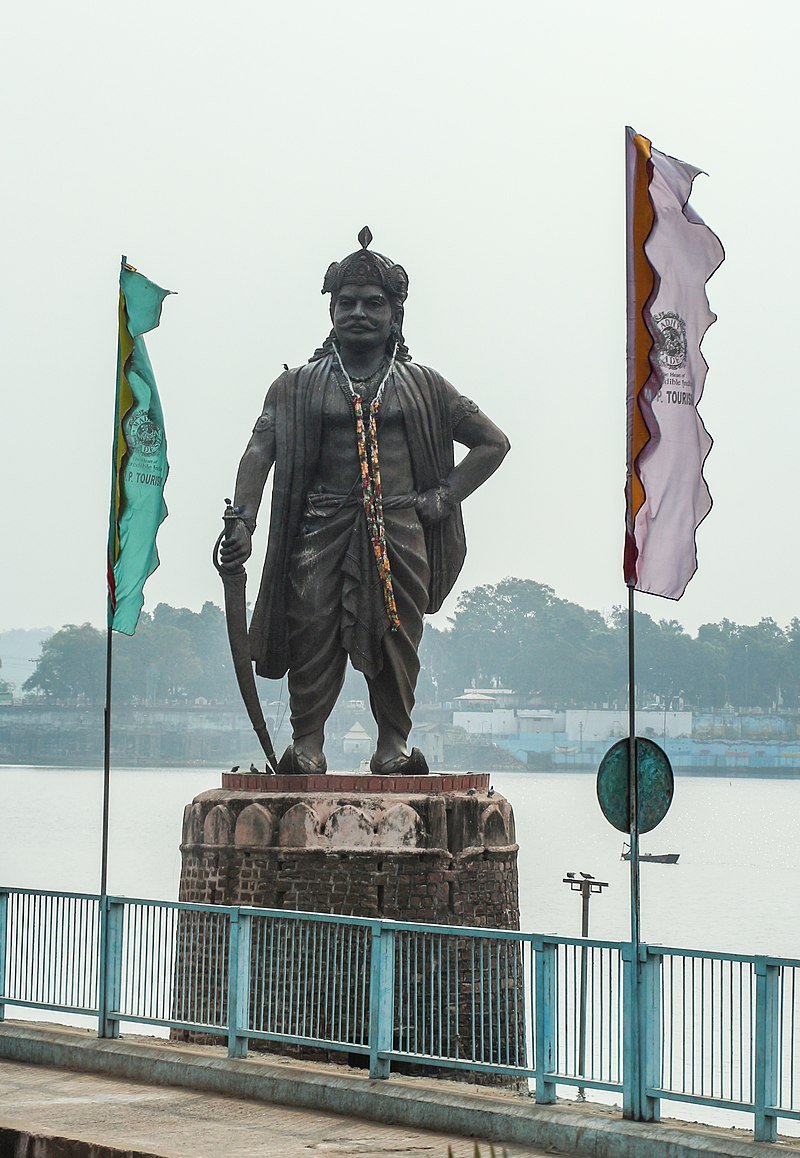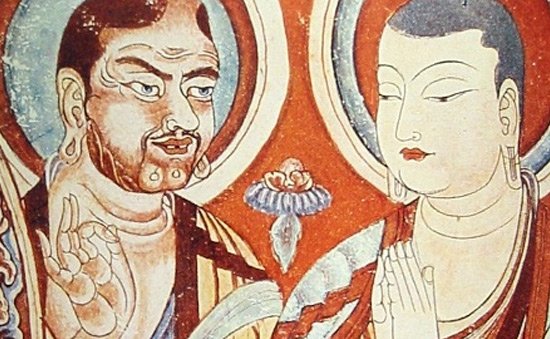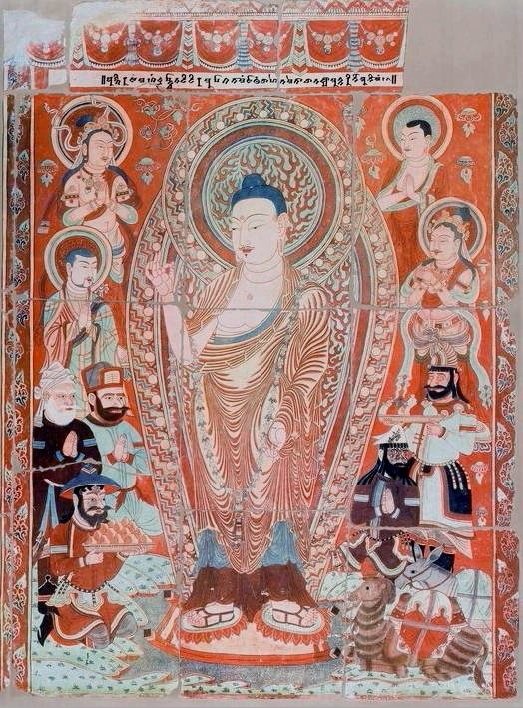
Pliny ( 1st century AD) calculates that the Roman Empire paid 'hundred million sesterces' every year to buy perfume, ornaments, spices, etc from India.
That equates to 2 billion dollars in today's currency !
That equates to 2 billion dollars in today's currency !
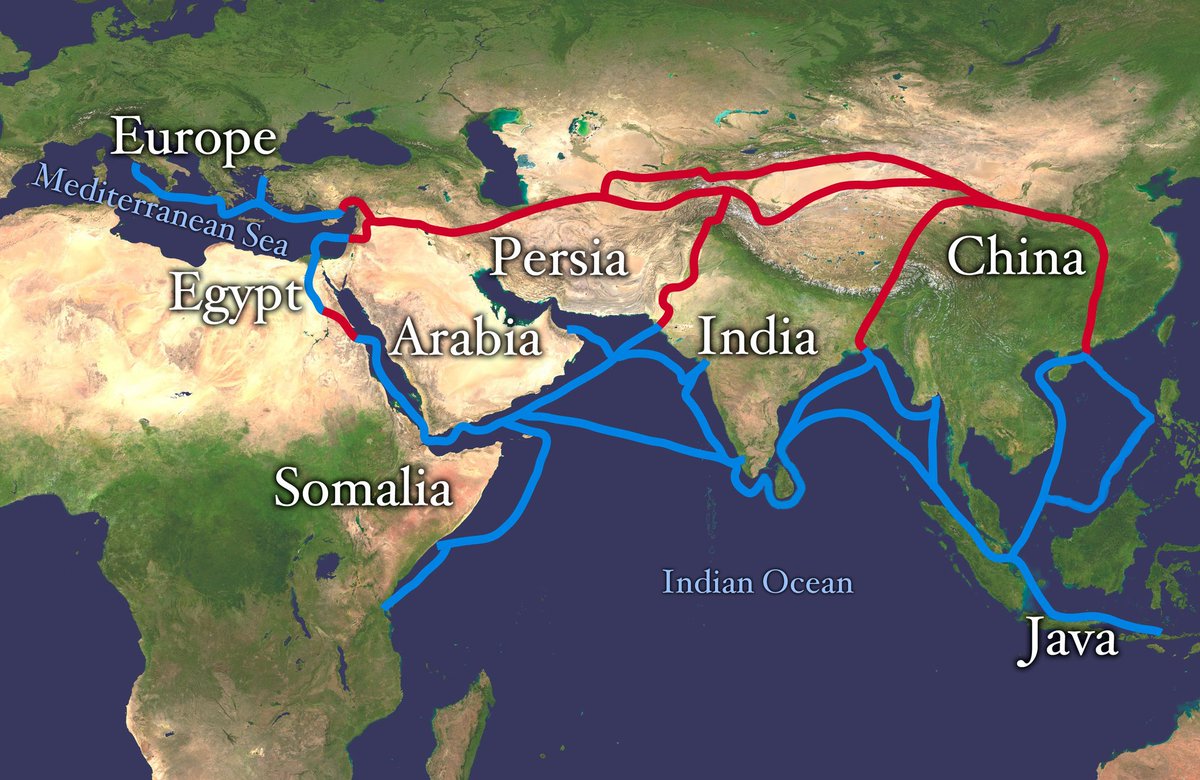
Thanks to @Shipreeta who has calculated that Indians received an amount of 729.6 trillion dollars in modern currency, between 20 BCE to 450 AD, roughly 400 years of trade value between Indians and Romans.
The above value is equal to 1.84 trillion dollars per year in modern currency.
Plz be reminded that this is just the value of trade per year from the Romans only!
The above value = 70% of Indian GDP, which is around 3 trillion dollars.
Plz be reminded that this is just the value of trade per year from the Romans only!
The above value = 70% of Indian GDP, which is around 3 trillion dollars.
A correction... The above value in Rupees is 729.6 trillion, not dollars...
• • •
Missing some Tweet in this thread? You can try to
force a refresh





